Monday Miscellany: The thuds, the squelching!
Notes from August 11 - 17
Today started with some time on the front porch, where I sipped my coffee, finished the last of the books I’m about to mention, and occasionally got distracted watching swallowtails flutter in the bushes.
I’ve also been waiting for a package from Fedex, which was supposed to arrive on Friday but was delayed. And it requires a signature, so I’ve been here at home, my brain stuck on high alert listening for the rumbling of a delivery truck, for two days. It’s now 7:30pm, so I fear I may be again cursed to pace repeatedly by the door when I get home from work tomorrow. Do stay tuned for updates on this fascinating, high-stakes scenario as it continues to develop. And in the meantime, a newsletter:
Read this week
Tin House graciously sent me a copy of No Less Strange or Wonderful by A. Kendra Greene when it released earlier this year, and these “essays in curiosity” sounded right up my alley. Turns out, some of them were. Like “Wild Chilean Pears,” about the theft of a rare ivory-billed woodpecker mount from the University of Iowa Museum of Natural History during their Bicentennial exhibition in 1979. It reminded me of Michael Finkel’s The Art Thief, which I absolutely ate up a couple months ago and wrote about here. Or “Until it Pops,” about the 2010 Twist and Shout balloon-twisters convention, when Greene received and modeled a balloon replica of Marilyn Monroe’s famous white halter dress from The Seven-Year Itch.1 I often appreciated her wordplay2 and loved learning some random animal facts,3 but I also noted an unevenness—despite a few delightfully well-researched, witty, and illuminating pieces, there were many that relied too heavily on whimsy for my taste. As I made my way through the collection I found myself getting irritated with its preciousness and thinking yes, we get it, you’re not a normal author, you’re a ~qUirKy~ author. Can we get on with it, please.4 And unfortunately some of the worst offenders were toward the end, overshadowing the parts I loved and leaving me with an aftertaste of annoyance. Ah, well.
I’m trying to work my way through the oldest books on my unread shelf, so next I picked up Your Fathers, Where Are They? And the Prophets, Do They Live Forever? by Dave Eggers. Eggers has been a favorite writer of mine ever since I read his memoir, A Heartbreaking Work of Staggering Genius, back in 2008.5 I received Your Fathers as a Christmas gift probably a decade ago, but I kept putting it off based on the first sentence of the blurb: “In a barracks on an abandoned military base, miles from the nearest road, Thomas watches as the man he has kidnapped wakes up.” I think my brain fixated on “military base” and thought meh, army dude stuff, not in the mood.6 But it’s short, and this time I guess I was ready to just power through if necessary. Luckily, it was not at all what I expected! The main character, Thomas, is a young 30-something who takes a series of people captive, including his own mother, to ask them some questions. His objective is unclear at first, but eventually we find out what is driving this seemingly bizarre behavior. The whole thing is told through dialogue, each chapter in a different building on the abandoned base, with a different hostage, so besides being short, the story also moves very quickly. And it still resonates a decade after its publication; I found Thomas’ conversation with the congressman he has captured to be especially relevant:
But couldn’t we just sell bonds to pay for Social Security, education for all, college for all? I mean, everyone wrings their hands about cutting or saving some microscopic government program, and Where oh where will we get the money?—but then we turn around and there’s a billion dollars for Afghani warlords. I mean, I know I’m stupid not to understand this, but I don’t. (42)
My plan from here was to swing back to nonfiction and start Braiding Sweetgrass by Robin Wall Kimmerer for The Stacks book club later this month, but I caught a wild hare (heh) and instead went for another novel, Bunny by Mona Awad. Though it’s been on my shelf a while, it’s newly enticing because the follow-up, We Love You, Bunny, comes out next month.7 The main character, Samantha, is a student in a fancy New England MFA program, an outsider in her all-female cohort of five. Where she’s moody, pensive, a bit of a loner, the others are bubbly and outgoing and all call each other “Bunny.” I went into the story not knowing much more than that, and I’d recommend doing the same—what follows is not easily described anyway, so it’s probably better to simply suspend disbelief, sink into it, and find out for yourself. I’ll just say: prepare for a bit of magic and a heavy dose of dreamlike darkness. Definitely a “wait, what?” reading experience, but exactly what I wanted with autumn hovering on the horizon, and yes, I absolutely plan to read the new one as soon as I can obtain a copy.
If you purchase a book through the bookshop.org affiliate links in this post, I may earn a small percentage commission. This is an easy way to support my work at no additional cost, and I appreciate it very much—thank you! ♥︎
Watched this week
I missed The Substance (2024) on the big screen, but seeing it for the first time on the couch at a friend’s house last Wednesday might have been even better. Its message about the complete absurdity of beauty standards was of course very on point and relatable (being a woman in America is famously so easy and fun), but let’s talk about the sound design. The thuds, the squelching! That foley artist deserves a raise!! I was somehow both entirely repulsed and absolutely in it. I couldn’t look away. Except when I did, because of all the slicing and injecting and fluids and blood. I made so many involuntary sounds of my own. IndieWire nailed it with that pull quote on the movie poster; it grossed me out SO much and yet I had such a good time. Never have I been more comforted by the thought of growing older and letting my body age naturally than after experiencing this movie.
The next day I took myself to our local indie theater for their final showing of Sorry, Baby (2025), a film that also addresses the difficulties and trauma of being a woman but in a much quieter, gentler, and less bloody way. I went in knowing that (1) the main character is a young woman who is going through something hard8 and (2) there’s a cat, and I loved being surprised by how everything unfolded. The casting was absolutely perfect,9 the world of academia felt immediately familiar to me, the little pockets of humor were genuine and heartfelt, and the story was just… so lovely to get lost in. I would’ve followed Agnes around for at least several more hours. Shouts to Morgan DePerno, who put this one on my radar and then serendipitously happened to be at the bookstore when I stopped by on my way home from the theater, and stood there gushing about it with me for a little while. And shouts to the sky (photo above) as I exited the theater, for somehow capturing the wistful sense of peace this movie left me with. Sorry, Baby will easily be a favorite of the year and I can’t wait to see it again.
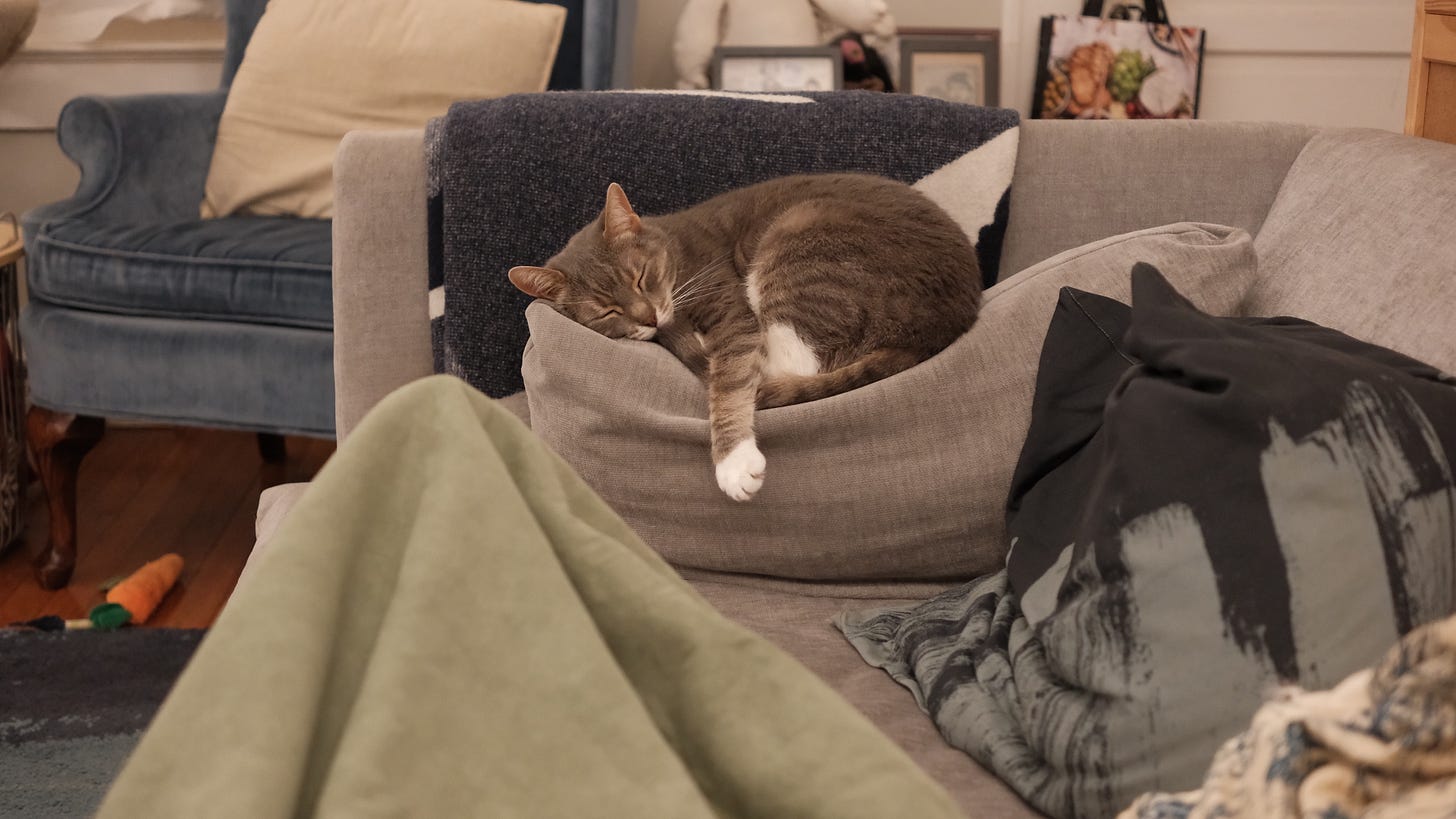
Haiku round-up
Haiku is a poetic form that originated in Japan, containing seventeen syllables in a five-seven-five pattern. At the beginning of 2024, I started writing one every day, and while traditional examples include thematic reference to the seasons, mine tend to be a bit more all over the place. Here are this week’s efforts—enjoy!
Monday, August 11
Change feels imminent and yet this cusp, eternal Tell me what comes next
Tuesday, August 12
Whiskers lightly twitch a paw flexes and spasms You’re lost in a dream
Wednesday, August 13
Slice becomes abyss as aging body gapes wide, new self spewing forth
Thursday, August 14
I saw some cotton, nestled low as dusk approached, and saved it for you
Friday, August 15
Scrape away what’s dead and polish up what remains This isn’t over
Saturday, August 16
Voicing injustice, don’t let your heart grow bitter You don’t deserve that
Sunday, August 17
Majestic hawk, perched right there on the porch railing “Holy shit,” I gasp
Until next time
My simmering rage about All The Things10 is often accompanied by a fear that nothing I do will make a difference. So recently I’ve been narrowing my focus and channeling my energy toward what I can do: take care of my own living space and actively participate in my local community. I don’t want to buy a bunch of new stuff, I want to fix and maintain the stuff I already have, and I don’t want to lose precious hours to the mindless online scroll, I want to work with my hands on something I can see. Knitting a sweater a few months ago really scratched that itch, and now I’m leaning into mending too. I got a copy of Nina and Sonya Montenegro’s book Mending Life and have already started learning from it—darning a few holes in a pillowcase (a bittersweet reminder of our days as rabbit parents)11 over the weekend served as my first project. I’m almost finished and it definitely isn’t perfect, but the Montenegro sisters emphasize that the imperfections are part of what gives a mended garment its soul. This pillow won’t look new anymore, but it’ll hold in its feathers just like it used to, and you’ll be able to tell that it belongs with us, here in our little household.
See you next Monday, and until then, this will break your brain.
♥︎ Emily
P.S. What are you reading? How are you staying sane? Would you use the Substance if you could? Tell me, tell me. ⤵︎
I tried SO hard to find a photo of said dress on the internet but alas, could not.
For example:
“An attic is not a story.” I read this as I try to understand at least the architecture, the fascia and soffit and scantlings of it all, and I feel so chastened, so suddenly called out for any latent impulse to impose a narrative that it takes a minute to read it just as a definition and not as a personal rebuke. Maybe an attic is not a story, but in a story it has its place, functions as a place of the mind, of secrets, of storage, of at the very least Jo March in her scribbling suit, black as ink stains, willing herself to be a writer, her pencils nibbled upon by rats. (124)
Regarding the unknown number of wasp species:
It’s likely no definitive list exists. Most people saying “wasp” are talking about a tiny subgroup, don’t think for a moment that technically bees and ants are wasps too. (152)
There’s “On Letting the Universe In,” about adopting a cat, where she refers to it as “The Universe” for the entire essay and makes things extremely repetitive by rarely using pronouns for it:
Yeah, The Universe stays over most nights. Sure, I have a drawer just for The Universe’s things. But The Universe comes and goes as The Universe pleases. (240)
And “People Lie to Giraffe,” which does have some interesting material about a bent-necked giraffe named Gemina who lived at the Santa Barbara Zoo in the 1990s, but is mostly about a character that Greene’s family has created called Giraffe, made by forming a giraffe shape with their hand and arm. This one is plagued by the same cutesy repetition:
Giraffe does not strictly speaking have teeth. Giraffe does not have an alimentary canal, for that matter, and so presumably no reason to eat and chew and have particles wedge in dentition or eddy up against the gums. Giraffe does not have gums, come to think of it. Or taste buds or salivary glands. And yet still Giraffe gets hungry. (249)
Etc.
Am I ever in the mood for this? No.
The blurb calls it “Frankenstein by way of Heathers.” GIMME.
Content warnings for sexual assault, which is handled with a lot of care.
John Carroll Lynch finally redeemed himself here, after being cemented in my brain as a creep for many years based on his role in Zodiac. I would gratefully accept a sandwich from him now.
You know. Our current administration, the climate crisis, the greed of billionaires, the failures of capitalism, the ongoing genocide in Gaza, the explosion of harmful and unnecessary A.I. technology, the soul-suck of social media, AND SO FORTH.


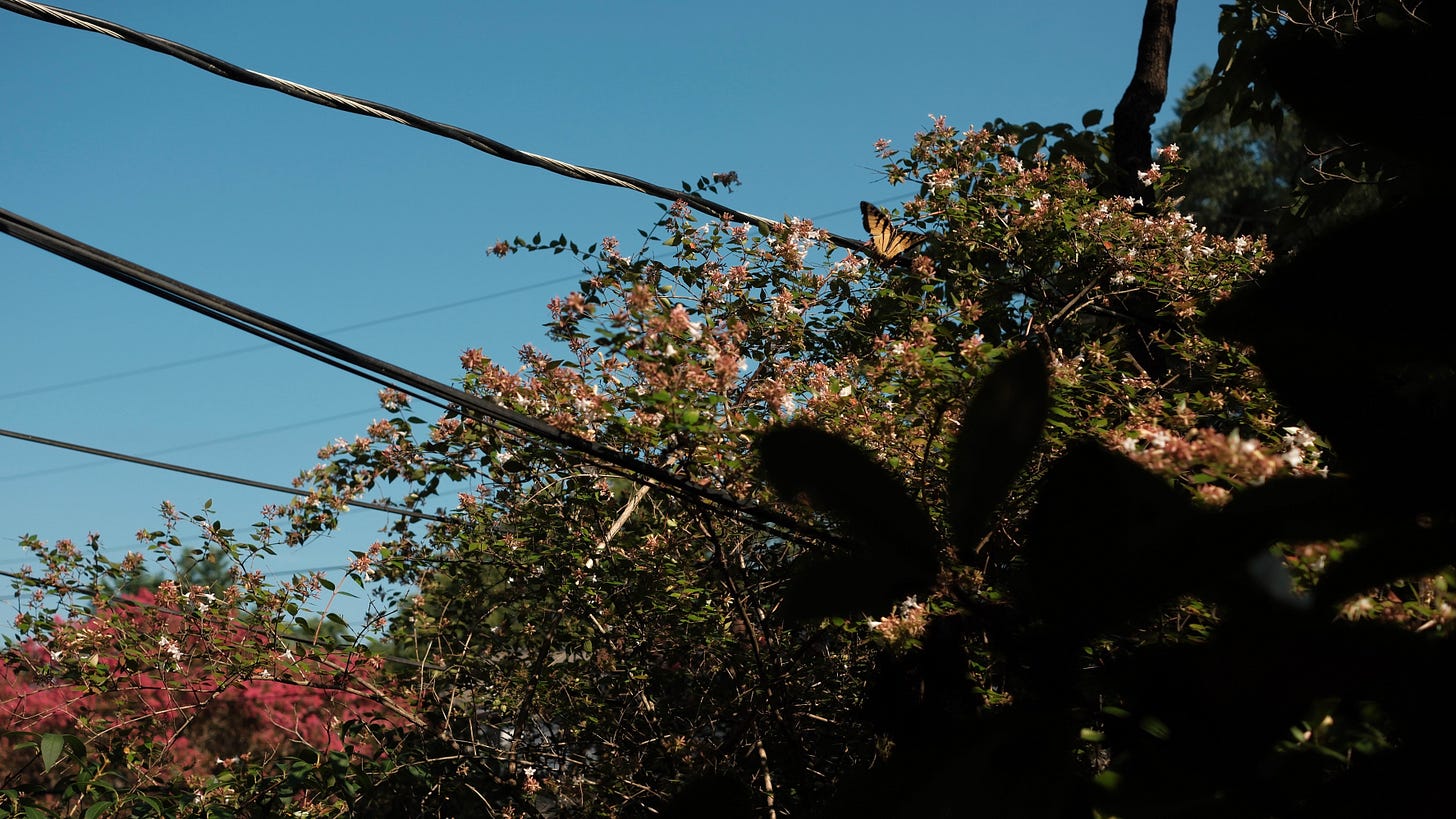

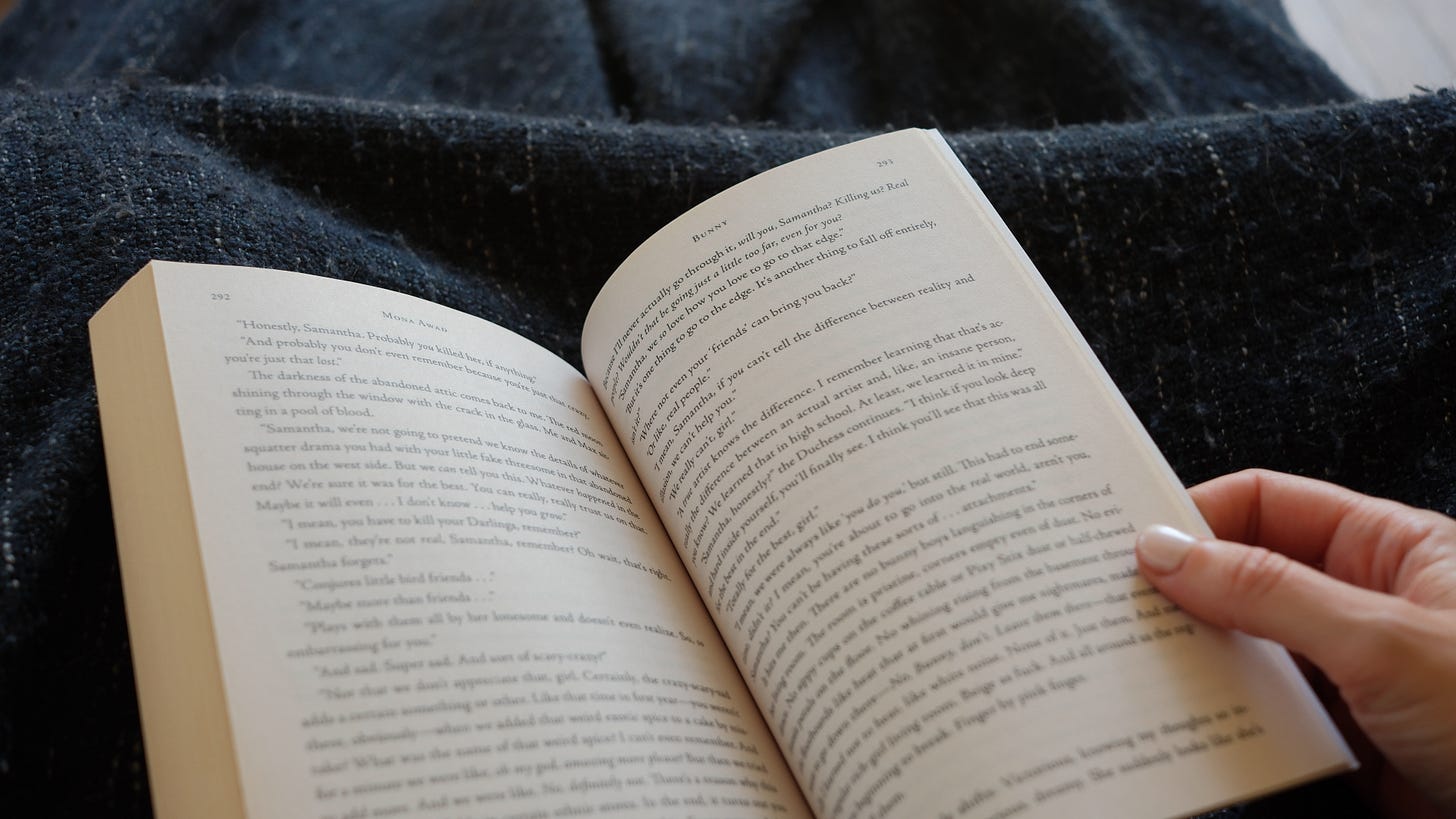
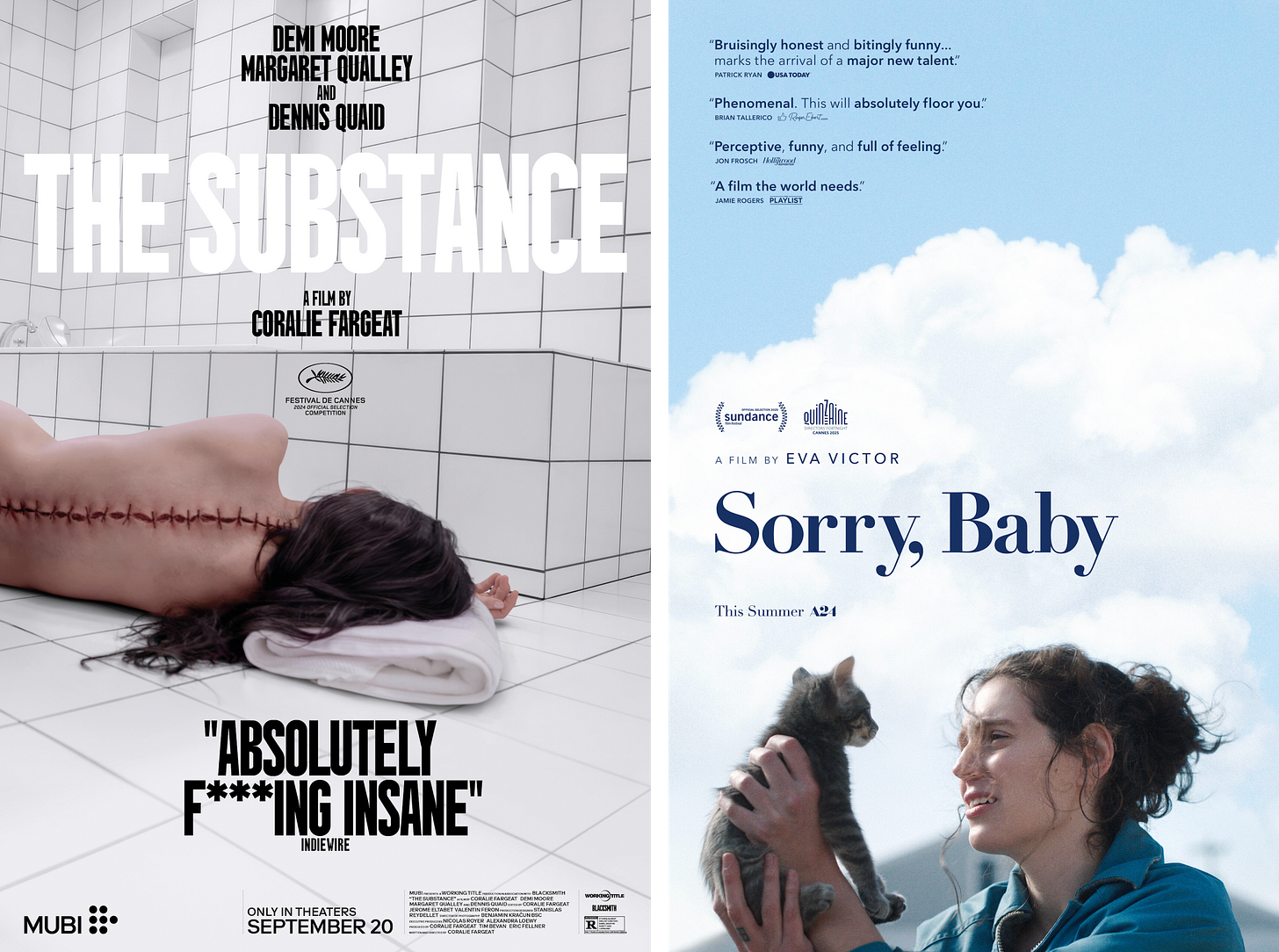

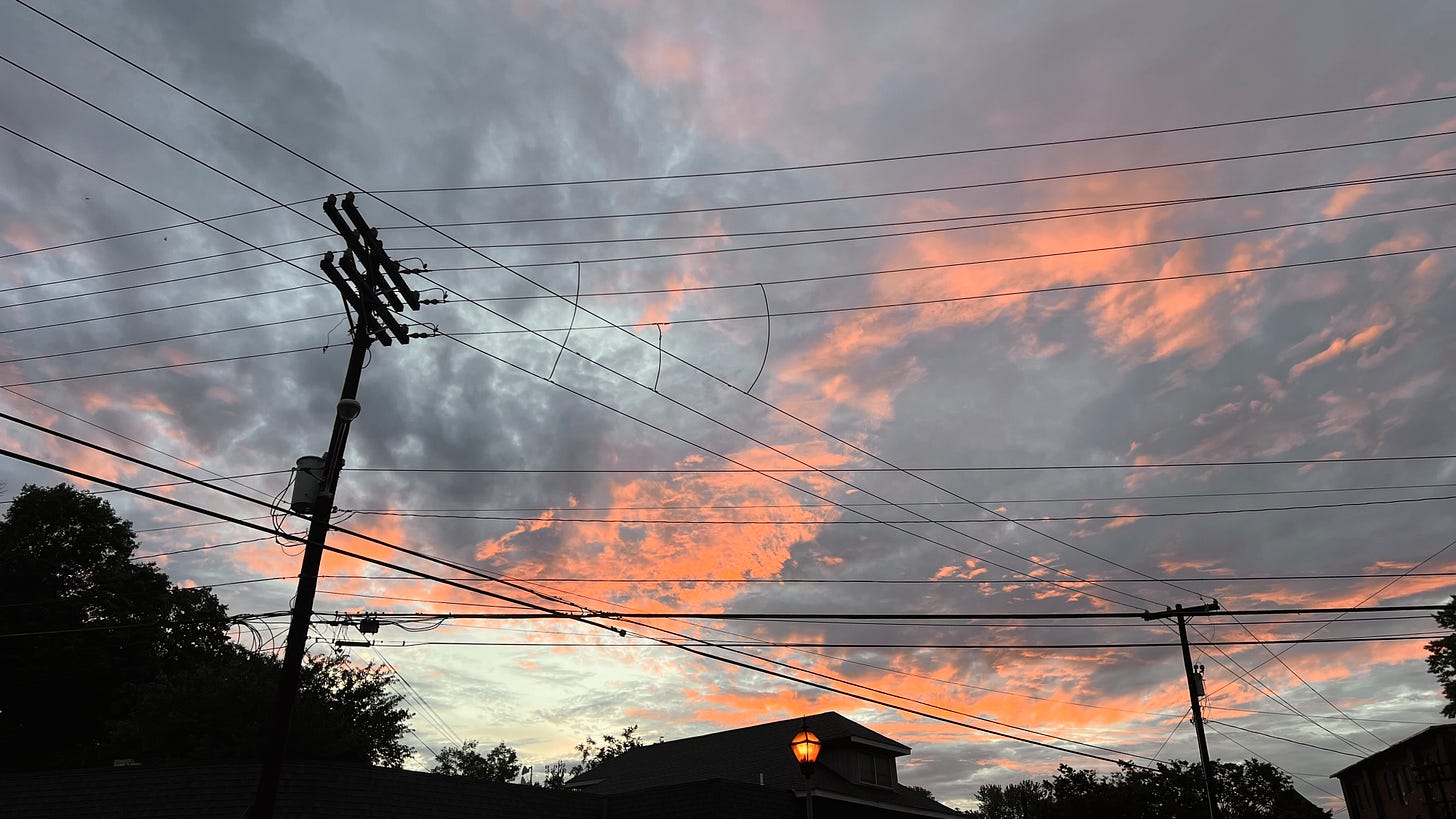



I’m all for mood reading novels but you have no idea what you’re denying yourself by putting off braiding sweetgrass
I enjoyed your thoughts on the book, Bunny, because it's piqued my curiosity, too! And now after reading what you said about it, even more so! I'm featuring the sequel on my most anticipated books for fall list, and I'm always double-checking what I recommend since I can't read them all - wish I could though!